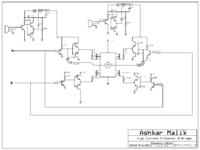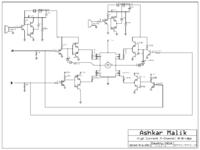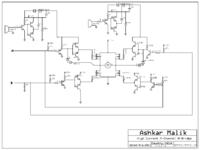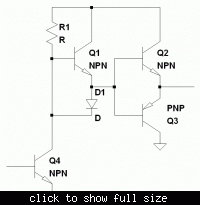alexan_e
Administrator
from http://obrazki.elektroda.pl/77_1307291856.jpg
reverse both diodes , then zener cathode (the triangle tip) goes to the BC547 collector and the diode cathode goes to the source pin of the mosfet.
**broken link removed**
reverse both diodes , then zener cathode (the triangle tip) goes to the BC547 collector and the diode cathode goes to the source pin of the mosfet.
**broken link removed**




